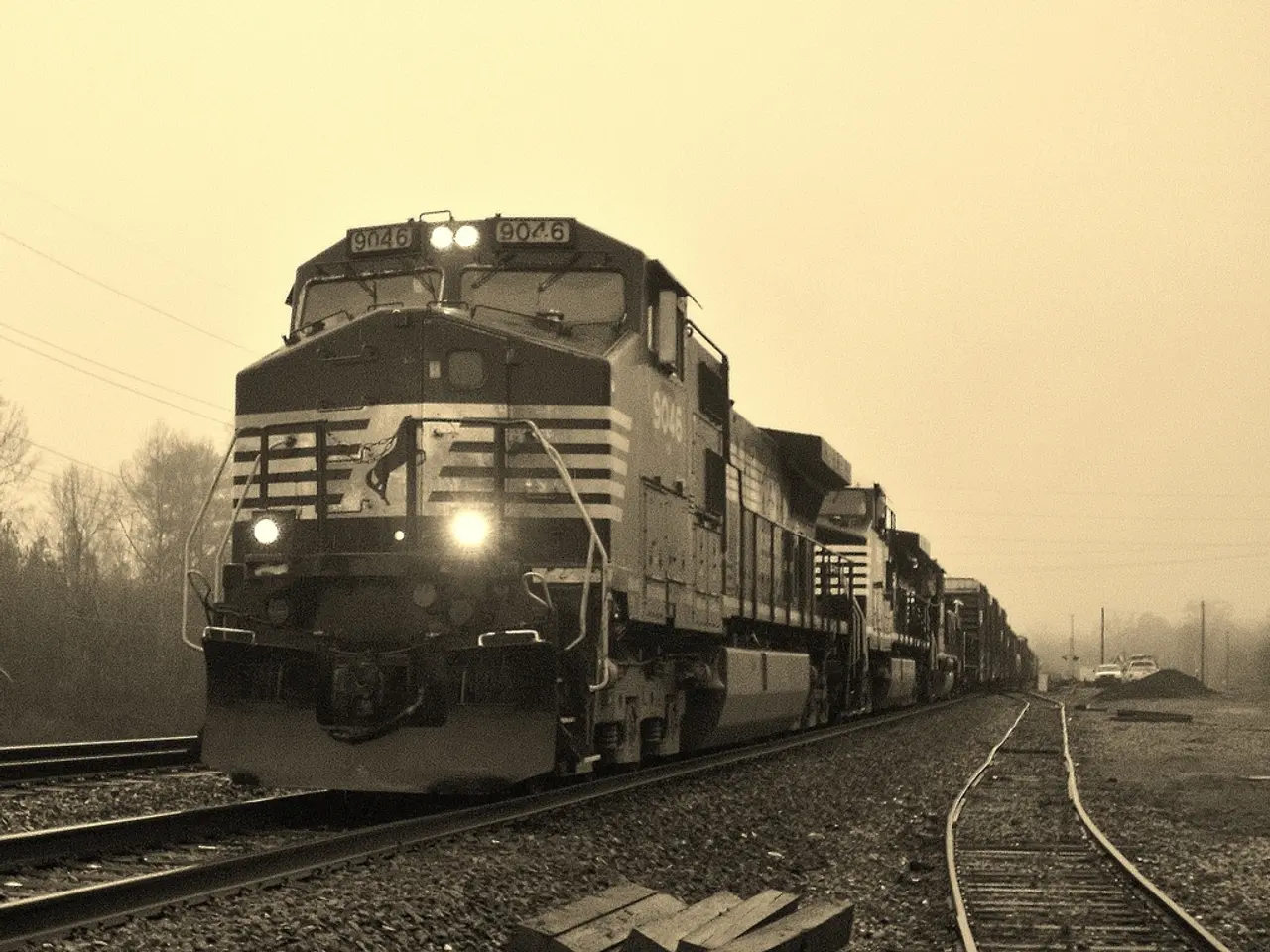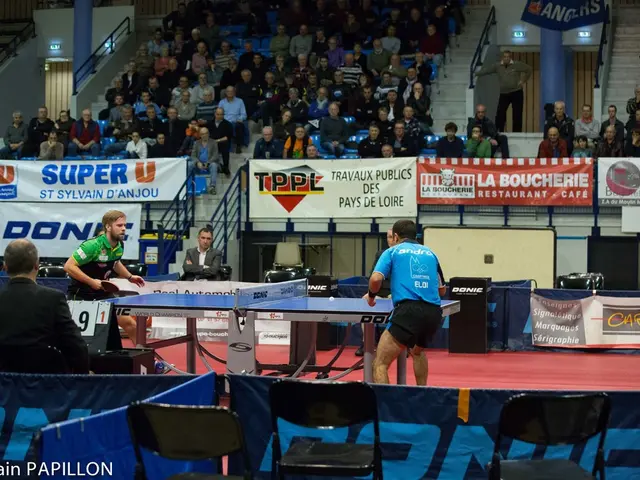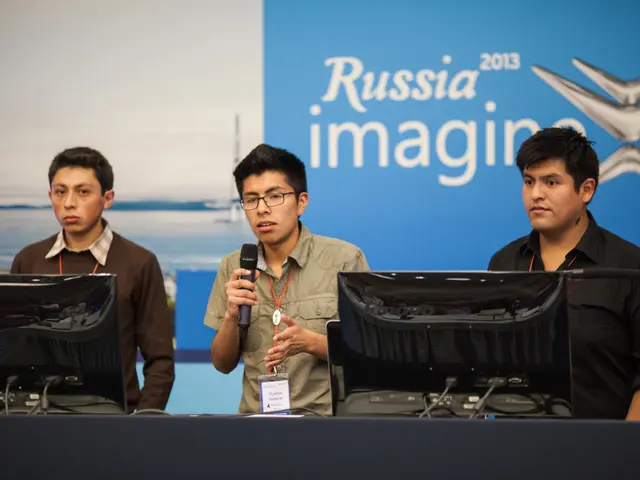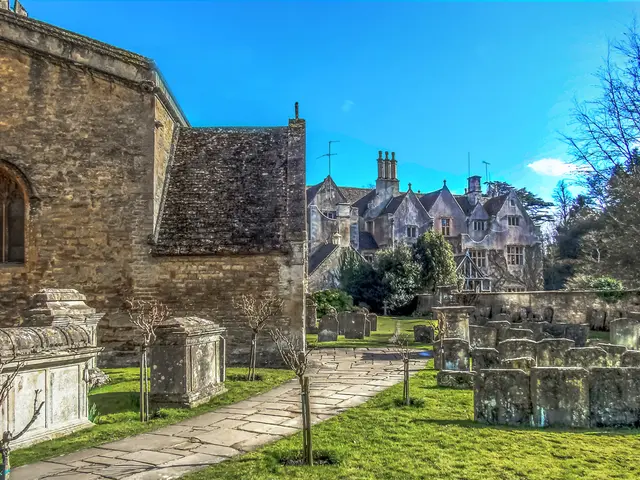Uncertain federal funding drives California's high-speed rail project to explore fresh avenues for advancement
The California High-Speed Rail project, a long-anticipated venture aimed at revolutionising transportation in the state, faces an uncertain future as the Trump administration seeks to revoke $4 billion in federal grants.
In a significant milestone, construction workers have recently placed the final concrete girder for the Hanford Viaduct, an elevated structure more than 6,300 feet long. However, the project, which has taken seven years to build due to challenges such as lack of right-of-way, agreements, and utility relocations, now faces a potential setback.
Garth Fernandez, the Central Valley regional director for the California High-Speed Rail Authority, expressed concerns about the federal funding revocation. "The hardest part is over," said Ian Choudri, the new CEO of the Authority, who took over in 2022. Choudri, who has experience working with high-speed rail projects in France and Spain, remains optimistic about the project's continuation, even without federal support.
The first leg of the high-speed rail line is under construction in the Central Valley, with a 119-mile stretch around Fresno and Bakersfield already underway. Crews could begin laying track as soon as next year. The Tulare Street Underpass, one of several new tunnels under the future high-speed rail line and station, has been completed in Fresno, California, and is helping to reconnect the historically disadvantaged Chinatown neighbourhood with downtown Fresno.
The California High-Speed Rail Authority has released an updated report on the project, outlining a new strategy that could eventually connect the Central Valley to the southern edge of the San Francisco Bay Area and the northern edge of Greater Los Angeles by 2038. However, the project's future remains uncertain due to rising costs and the Federal Transportation officials' conclusion that the project has "no viable path" forward.
Alon Levy, a fellow at the NYU Marron Institute, and Lee Ohanian, a professor of economics at the University of California, Los Angeles, and a senior fellow at the Hoover Institution, have expressed skepticism about the project's ability to recover from its early stumbles and connect the state's biggest population centres in under three hours as originally promised.
The project faces additional challenges with 60 at-grade crossings in the Central Valley alone, each with its own local community making its own local demands. California has sued the Trump administration to stop the revocation of the federal grants, and the project's future remains in limbo.
Despite these challenges, Choudri remains confident that Californians are still on board with the high-speed rail project. He compares the project to other ambitious infrastructure projects like the interstate highway system and the Big Dig in Boston, which also came in late and over budget.
As the California High-Speed Rail project navigates these challenges, it continues to push forward, aiming to revolutionise transportation in the state and connect its major population centres with a fast, efficient, and environmentally-friendly high-speed rail network.
Read also:
- Shaping India's Economic Progression: Readying the Financial System for Tomorrow
- Two farmers in Zambia take legal action against two firms with Chinese connections, alleging an ecological disaster caused by their operations.
- Deepening EU-India relations despite apprehensions regarding Moscow connections
- Ongoing Transition Towards Cleanliness







